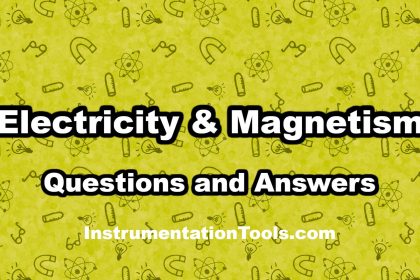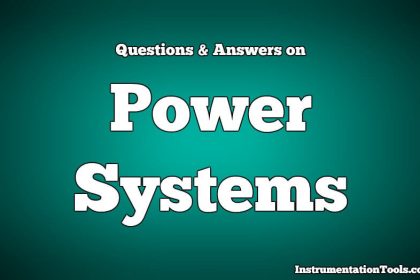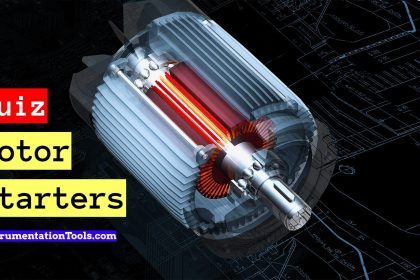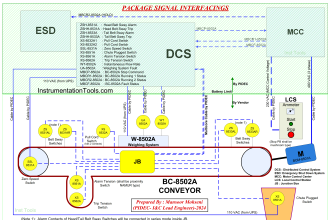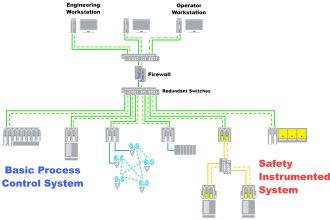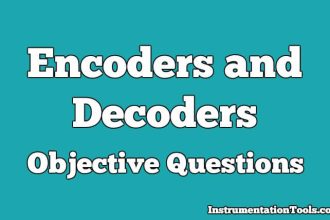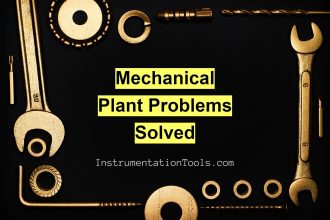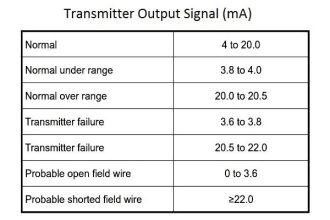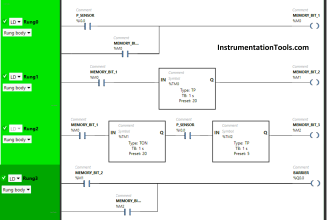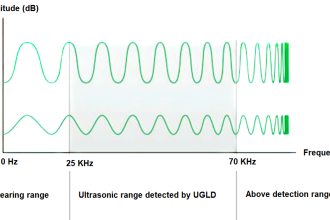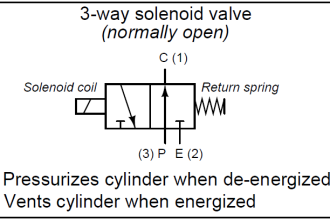Test your technical skills in electrical engineering using our 200 quiz questions and answers on alternators, motors, and transformers.
Alternators Motors Transformers Quiz
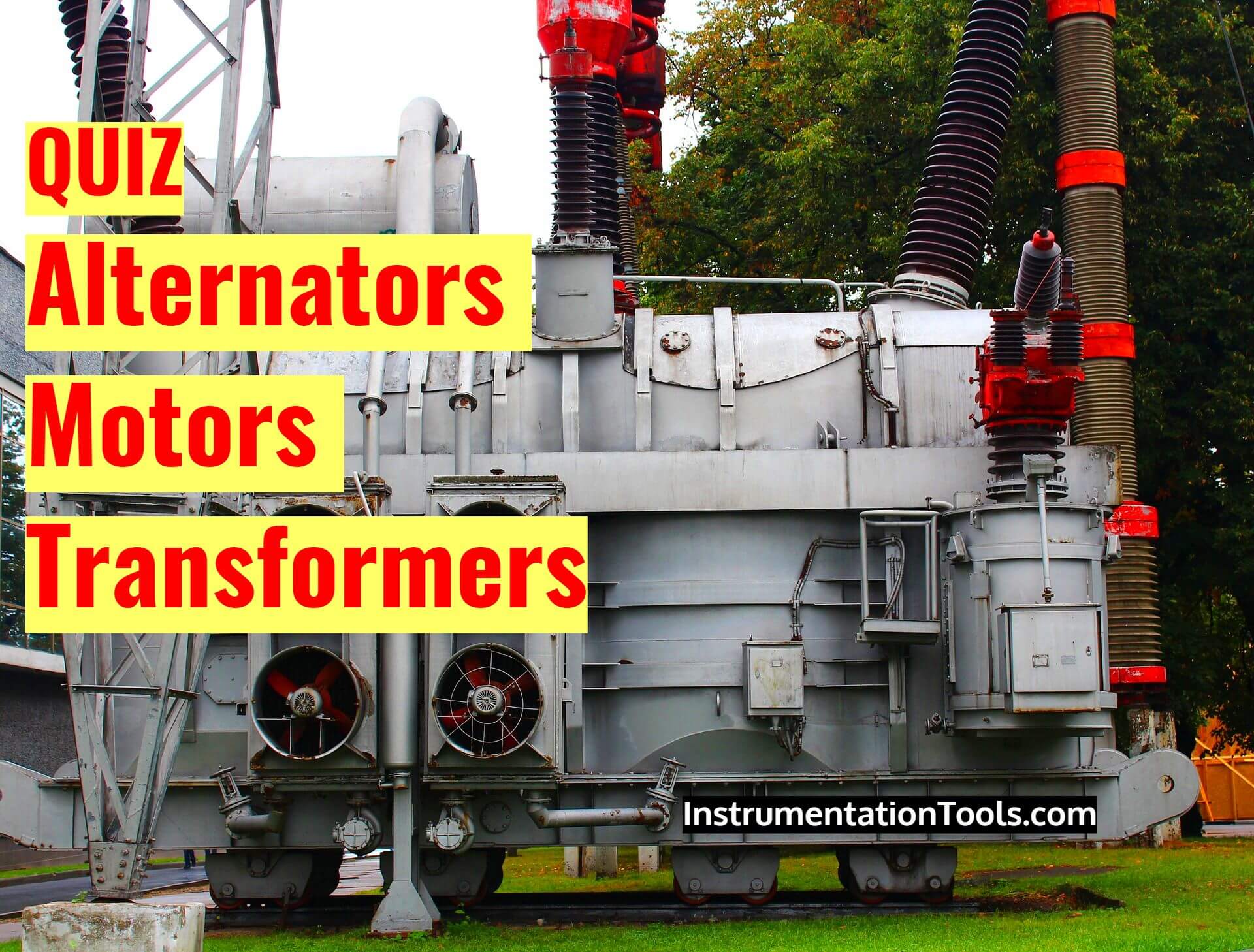
The sample 20 questions are listed below.
Question 1:
When the transformer circuit is put in a fault (shorted) condition, the flow of high-magnitude overcurrent generates _________ in the conductors, which can cause the conductor insulation to fail.
A) excessive heat
B) none of the answers
C) any of the answers
D) lowest heat
Question 2:
A ______________ transformer is a single-phase AC transformer designed with a high value of circuit impedance (in either or both circuit windings _____________ primary and/or secondary) to protect the operator of the motor control center from the hazards associated with 3-phase AC power in a motor control center.
A) power
B) none of the answers
C) step-up
D) control
Question 3:
In a single-voltage, delta-connected, 3-phase AC induction motor, the three single-phase windings are wired end-to-end to form three nodes and a completely closed-loop circuit.
Leads from the three nodes are brought out externally and connected as terminal 1 (______) to line 1 (______); terminal 2 (______) to line 2 (______); and terminal 3 () to line 3 (______).
A) T1; L1; T2; L2; T3; L3
B) T3; L3; T1; L1; T2; L2
C) T2; L2; T3; L3; T1; L1
D) any of the answers
Question 4:
On the standard symbol for a transformer, the in and out winding numbers and solid dots located next to specific winding-lead identification in the primary and secondary circuit are used to identify the ___________ of the transformer windings.
A) non-polarity
B) All of the answers
C) polarity
Question 5:
The output voltage of a 3-phase AC alternator is determined by _________
A) All of The answers
B) the number of turns (or wraps) of wire in the stator winding
C) the strength of the magnetic field in the rotor
D) the speed of the turning rotor
Question 6:
On the standard symbol for a transformer, the ins of the windings are identified with ________ numbers.
The outs of the same windings are identified with __________ numbers.
A) odd; odd
B) odd; even
C) even; even
D) even; odd
Question 7:
The rotating speed of a 3-phase AC alternator is determined by __________.
A) The number of stator poles.
B) Desired frequency of the AC supply
C) Both Desired frequency of the AC supply & The number of stator poles
D) Neither Desired frequency of the AC supply nor The number of stator poles
Question 8:
In a given single-phase AC transformer, the voltage and turns ratios are ________ proportional to each other.
The voltage ratio and the current ratio of the same transformer are ________ proportional to each other.
A) inversely; inversely
B) inversely; directly
C) directly; directly
D) directly; inversely
Question 9:
The open-secondary primary-circuit current, which supports the continual reversal of the magnetic-pole polarities, is referred to as the transformer’s _________ current.
A) full-load
B) excitation
C) no-load
D) execution
Question 10:
When combined as a single unit, the power contactor and thermal overload relay are referred to as a _________.
A) power starter
B) motor winding
C) motor starter
D) none of the answers
Question 11:
External overload protection can be sensed by either ________ or ________ means.
A) thermal or electric
B) thermal or electronic
C) sensor or regulator
D) none of the answers
Question 12:
The electric __________ is used to convert electrical energy into mechanical energy in the form of rotary motion.
A) motor
B) transformer
C) generator
D) alternator
Question 13:
_____________ overloads are a common occurrence with driven machinery.
A) Current
B) Voltage
C) Transformer
D) Momentary
Question 14:
The synchronous rotor speed of a __________ 3-phase AC alternator is 1800 rpms for an output frequency of 60 Hz.
A) 4 Pole
B) 6 Pole
C) 2 Pole
D) 8 Pole
Question 15:
The magnitude of the output voltage of a 3-phase AC alternator is normally set at the desired value by increasing or decreasing the strength of the ___________.
A) All of The answers
B) the strength of the magnetic field in the rotor
C) the number of turns (or wraps) of wire in the stator winding
D) the speed of the turning rotor
Question 16:
The last step-down transformer in the electrical-utility distribution system is normally used as the service point of the electrical power supply to a building or other structure.
In addition to isolating the building service electrical-power distribution system from the electric utility’s power-grid distribution system, the load-end transformer also limits the amount of available ______________ overcurrent that can be delivered to the secondary service conductors.
A) ground-fault
B) short-circuit
C) All of The answers
D) fault
Question 17:
Both time-delay fuses and inverse-time circuit breakers have inverse-time characteristics in response to a circuit overcurrent condition:
The lower the magnitude of overcurrent _________ the time interval before the circuit is opened.
By the same token, the higher the overcurrent magnitude __________ the time interval before the circuit is opened.
A) shorter; longer
B) shorter; shorter
C) longer; longer
D) longer; shorter
Question 18:
Normally, separate overload protection devices are not designed to respond to high-magnitude short-circuit, ground-fault overcurrents.
In other words, separate overload overcurrent devices do not have _________ ratings.
The __________ fuse(s) or circuit breaker provides the only short-circuit, ground-fault protection for the motor and its supply conductors.
A) interrupting; branch-circuit
B) interrupting; interrupting;
C) branch-circuit; interrupting;
D) none of the answers
Question 19:
Electric motors use either the repulsion or attraction (interaction) of two _________ or ________ fields to cause the rotating member of the motor (the rotor) to turn.
A) magnetic; electromagnetic
B) none of the answers
C) magnetic; magnetic
D) electromagnetic; magnetic
Question 20:
The __________ value of impedance reflected into the primary circuit of a transformer will occur when the secondary circuit is open.
The __________ value of impedance reflected into the primary circuit of a transformer will occur when the secondary circuit is shorted.
A) highest; lowest
B) lowest; lowest
C) highest; highest
D) lowest; highest
Click on the below button to launch the Quiz.
All 200+ questions and answers are available in the Quiz.
Share your suggestions through the comments section.
This work was created by Marco Gotshaw and is licensed under a Creative Commons Attribution 4.0 International License.
If you liked this article, then please subscribe to our YouTube Channel for Electrical, Electronics, Instrumentation, PLC, and SCADA video tutorials.
Next Quiz:
- Electrical Circuit Breaker Quiz
- Motors and Generators Quiz
- Power Systems MCQ
- Autotransformers Quiz
- Induction Machines Quiz


